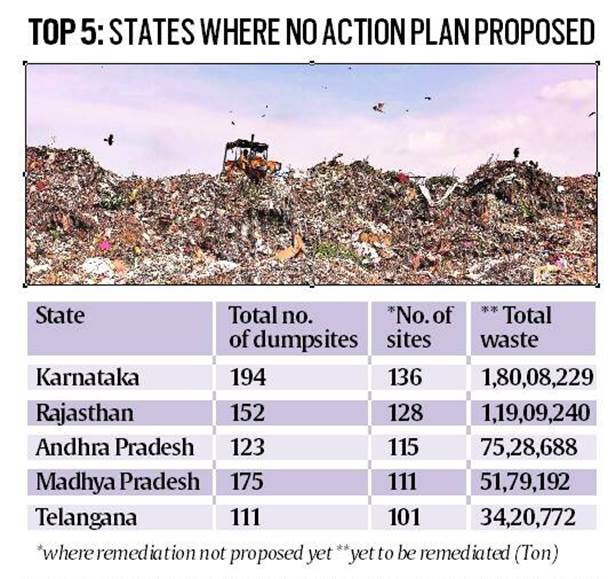Free Courses Sale ends Soon, Get It Now


Free Courses Sale ends Soon, Get It Now



Copyright infringement not intended
In News
Swachh Bharat Mission
.jpg)
Landfill Sites
Concerns
Steps need to be taken
https://t.me/+hJqMV1O0se03Njk9
© 2024 iasgyan. All right reserved